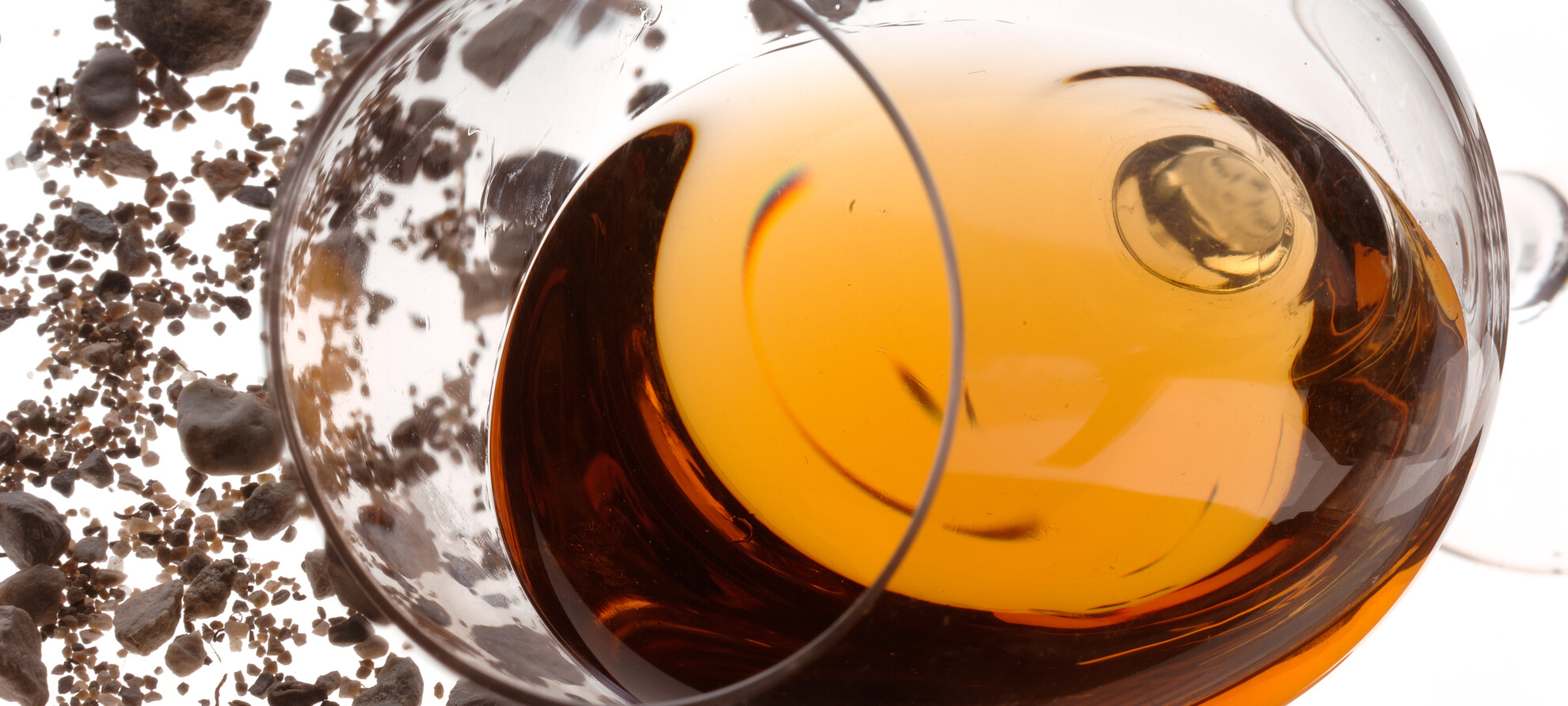Vino Santo and the lost worlds of the Valle dei Laghi
A precious wine, a treasure trove of stories and a few peculiarities: this is Vino Santo, the dried-grape wine of all dried-grape (passito) wines
Perhaps not everyone knows this wine and some people may confuse it with other similar wines, but the Vino Santo described here is an authentic Trentino wine, which bears the Slow Food presidia mark.
This special northern Italy dried-grape wine is also called the “passito dei passiti” (the dried-grape wine of all dried-grape wines) because it is the longest natural raisining wine.
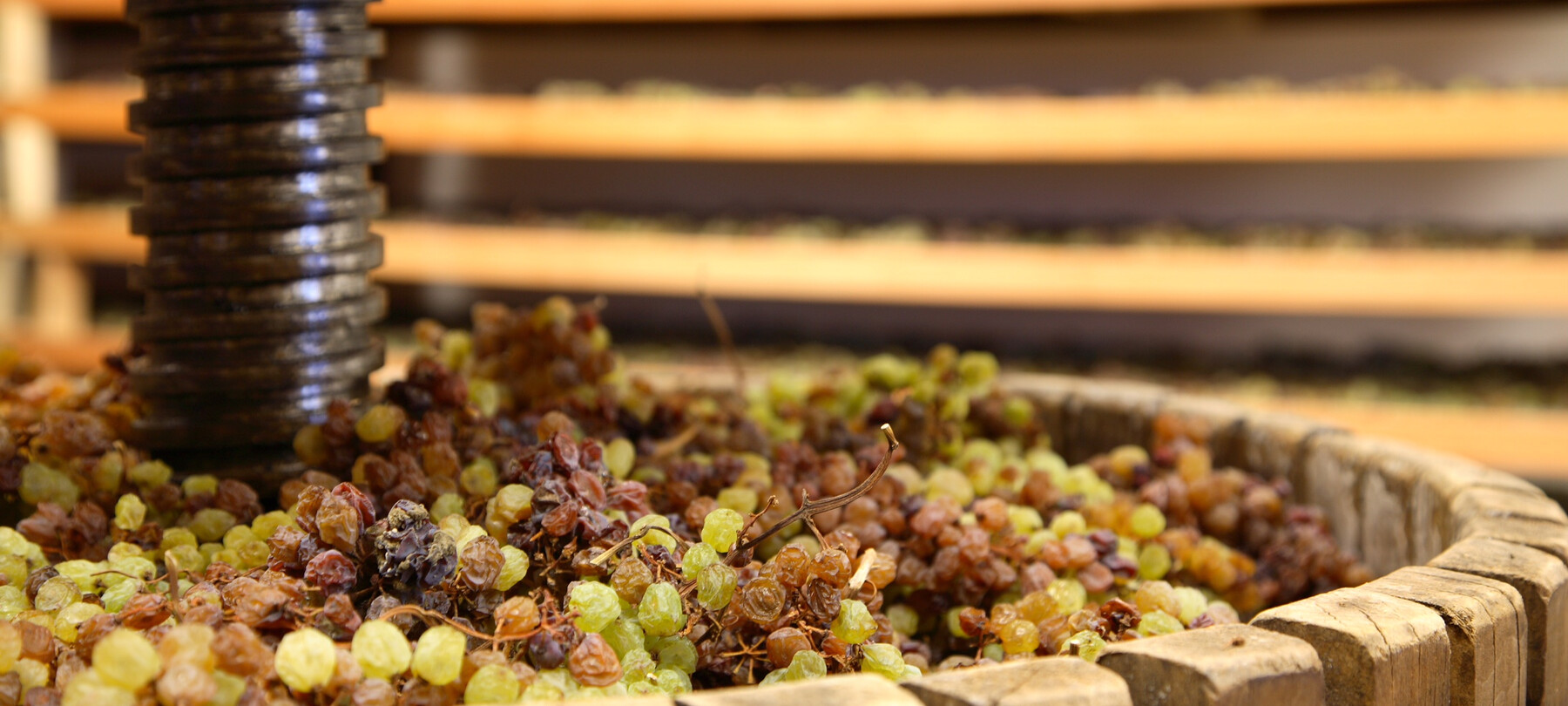
The pressing of the Nosiola grapes for the Holy Wine
Grape harvest
The wine is traditionally made from Nosiola grapes, of which only loose-packed bunches are picked, that is those with the ripest, good-shaped and well-spaced berries. The grapes grow only in some old sun-exposed vineyards, which are more suitable for such a long air-drying process. The bunches are in fact picked late in October and then laid out on to dry on arèle, racks that were once made of reeds – while today they are made of fine wire mesh – placed in sheltered, airy lofts
.
Raisining process
Constant ventilation, guaranteed by the Ora, a Lake Garda wind, together with the special location of the bunches, ensure ideal drying, with an 80% grape weight reduction, also due to the formation on the berries of a particular noble rot (Botrytis cinerea).
The raisining process continues up to the Holy Week (the week before Easter Sunday) of the following spring, when the must is pressed, and this is traditionally done around Easter. That is why it is called Vino Santo (Holy Wine).
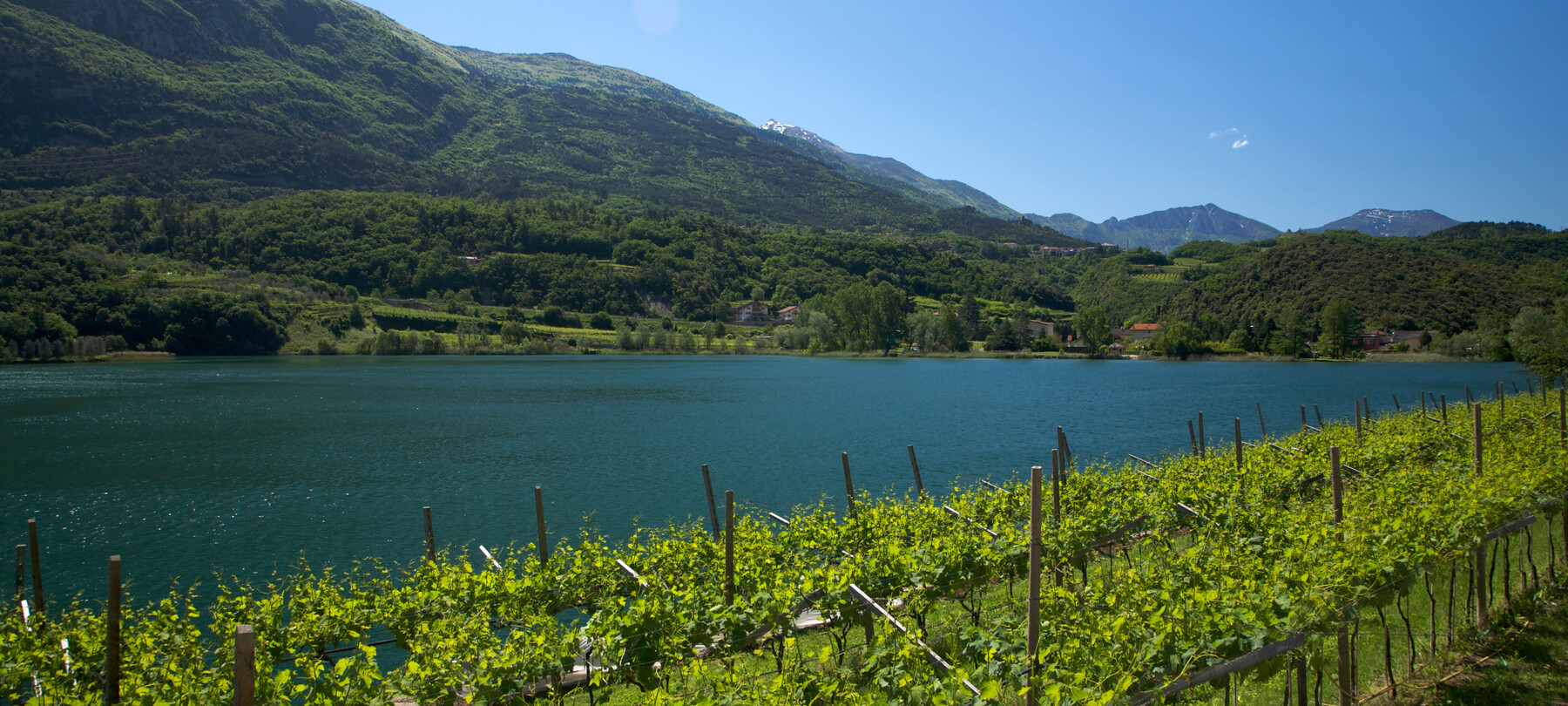
The lake and vineyards of Santa Massenza
Fermentation
The wine is then filtered and put into old oak barrels (which are no longer able to release wood scents into the wine). Just think that from 100 kilogrammes of fresh grapes, just 15 to 18 litres of Vino Santo are produced, so it is certainly a precious nectar!
The Vino Santo is left to age in small barrels for at least six to eight years because the natural fermentation process can actually last this long. After bottling, this wine has excellent ageing prospects as it can be kept for fifty years.
Where to taste it
But where exactly is this superb wine produced? You must certainly go to the Valle dei Laghi, situated between Trento and Lake Garda. This area of Trentino is in fact blessed with a sub-mediterranean microclimate which is ideal for oaks, holm oaks, olive trees (the latter being the northernmost in the world), vegetables, plums and noble grapes such as Nosiola.
Here we find the village of Santa Massenza, which has been specialised in the production of this wine since the late Renaissance, so much so that it became dear to the prince-bishops of the rich Madruzzo family, who were particularly fond of this excellent sweet wine. The small village, situated on the banks of the lake of the same name, only a short distance from Lake Toblino, has a long tradition in producing Vino Santo and distillates.
Besides Nosiola and Vino Santo wine producers, the village also boasts no less than eight producers of fine grappas and distillates. When you read the names on the doors of the houses in the village, it is striking to see that many families have the same surname, although they are not related to each other. One thing is certain though: they all produce grappa!
The event
Every year in April, with the “DiVinNosiola” events, Valle dei Laghi celebrates Nosiola and the wines such as Vino Santo made from this native grape variety. A ten day programme of cultural events, tastings and moments in nature: from the traditional ritual of grape pressing to tastings in the winery.
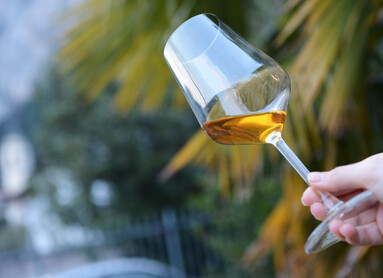
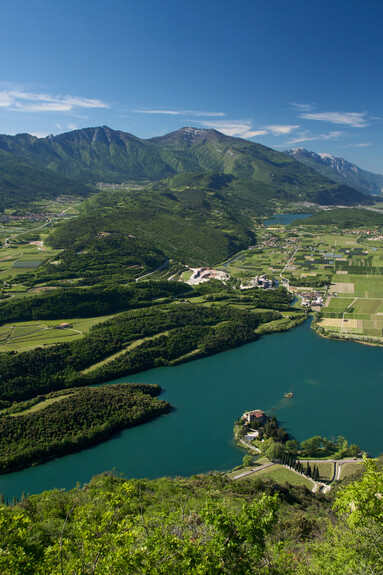
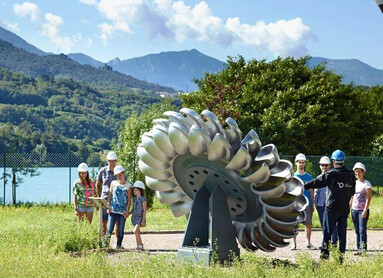
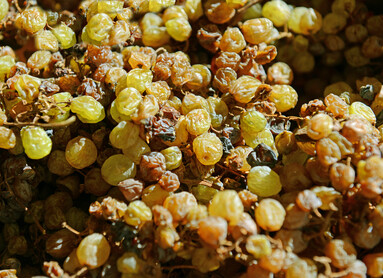
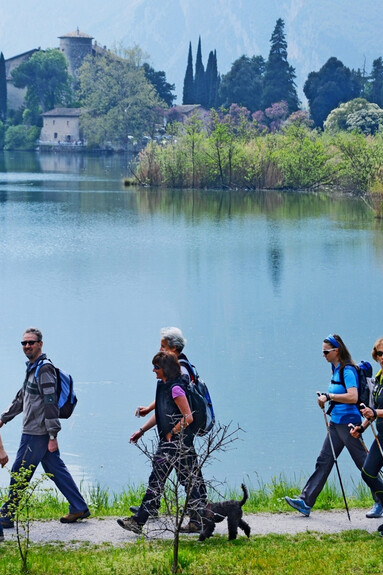
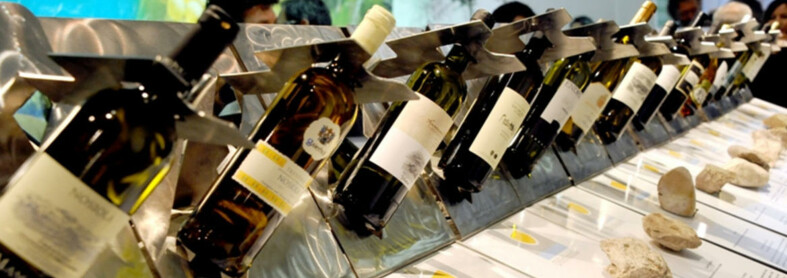
A romantic and not widely known village
After the Second World War, a hydroelectric power station (now open to the public for guided tours) was built on the lake banks of the village and Santa Massenza was deprived of its original charm. However, at the beginning of the 20th century, holidaymakers of various nationalities – South Tyroleans, Germans and Swedes – spent long holidays here and Santa Massenza was called little Nice.
Imagine these women dressed in white, shading themselves with small umbrellas and the men with boaters, walking about or relaxing with a petit déjeneur sur l’herbe, going for romantic trips on rowing boats on the lake and enjoying a good glass of Vino Santo, which was then considered an invigorating tonic. A place of pleasure, with a hidden charm, which should be rediscovered, as it has been overshadowed by the modern attractions of Lake Garda and people tend to forget these fascinating spots.
Other places to discover
Once there, we recommend you explore some of the romantic and little-known places in the area, perhaps by walking through the reeds around Lake Toblino, or discovering the Cavedine Valley and its lake, where you can windsurf thanks to the constant wind that blows here.
Another walk we recommend is that along the Roggia di Calavino, where you can walk along a scenic stream, lined with mills and dotted with small waterfalls, thanks to a footpath that has just been repaired. You can also go for a nice bike ride along the cycle trail to the Roman bridge, near the hamlet of Ceniga, where you can relax and sunbathe on the banks of the river Sarca.
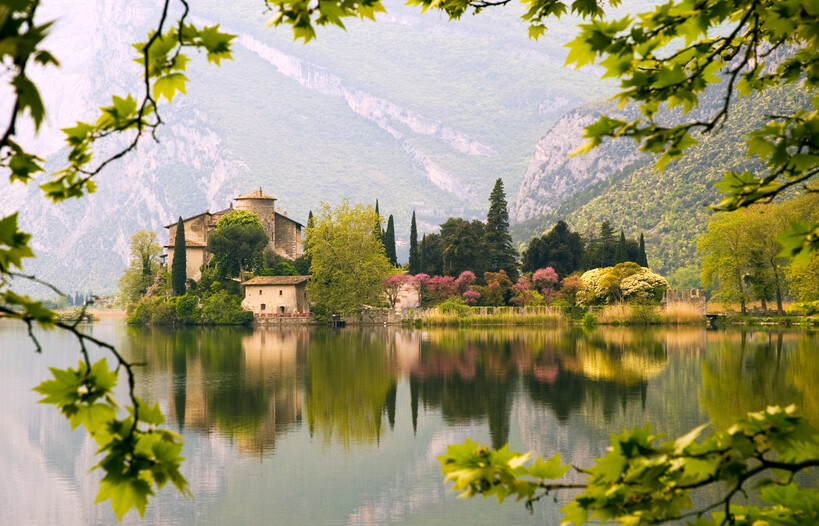
Vino Santo Trentino DOC
more
